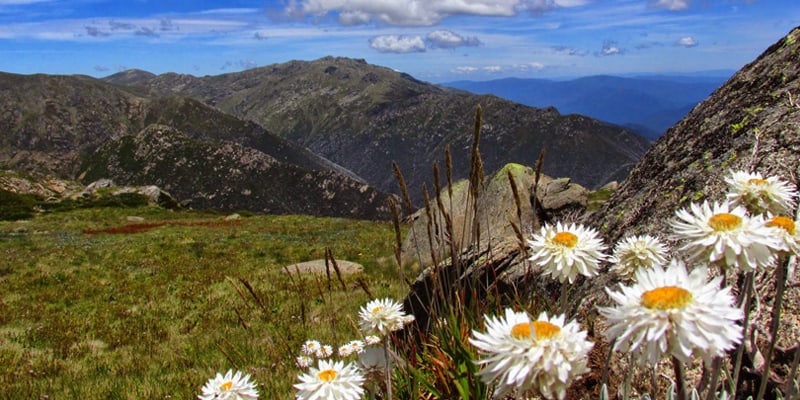The Invasive Species Council celebrates the Australian Government’s decision to elevate the role of the Chief Environmental Biosecurity Officer, saying it sends a strong signal that protecting Australia’s environment from invasive species is being taken seriously at the highest levels of government.
The newly senior role elevates the Chief Environmental Biosecurity Officer to the same level as the Chief Plant Protection Officer and Chief Veterinary Officer – a priority reform the Invasive Species Council has been campaigning for.
Applications for the new position close on 23 November 2025: Australian Chief Environmental Biosecurity Officer | APS Jobs.
‘This is an important structural shift to elevate the importance of environmental biosecurity threats like bird flu, myrtle rust and fire ants within the department,’ Invasive Species Council Dr Carol Booth said.
‘This might seem like a minor departmental reshuffle but it’s an important signal from the Australian Government that environmental biosecurity is just as important as agricultural biosecurity.
‘Environmental invaders have already caused massive damage to Australia, degrading land and water and driving extinctions. They have been by far the leading cause of animal extinctions and new threats like murder hornets, predator snails or rock snot will drive further declines if they make it to our shores.
‘For too long, environmental threats have not been given the same level of attention as industry priorities, despite the scale of national impact our wildlife and landscapes are facing and the flow-on impacts to our economy and communities.
‘Environmental biosecurity must be treated as a national priority – and so we are pleased to see this important step.’
Ian Thompson, former Australian Chief Environmental Biosecurity Officer and chair of the Invasive Species Council’s Science Committee, said:
‘This elevation of the Chief Environmental Biosecurity Officer’s role gives environmental biosecurity a clearer mandate and strong voice within the department. It’s an important signal across the public sector and community that nature matters – and that environmental biosecurity is a priority.
‘It’s an excellent step forward that needs to be matched with modest increased investment to empower the Chief Environmental Biosecurity Officer’s work to build government, community and industry capacity.
‘The Environmental Biosecurity Project Fund is the only dedicated fund for environmental biosecurity but it has been stuck at just $850,000 a year since 2018.
‘This should be increased to at least $2.5 million a year to enable the multi-year, high-impact projects urgently needed to protect our environment from new invaders.
‘This fund supports critical, science-based projects that improve early detection, surveillance, and response to invasive species that threaten Australia’s wildlife and precious places.’
Media inquiries: (02) 8006 5004








